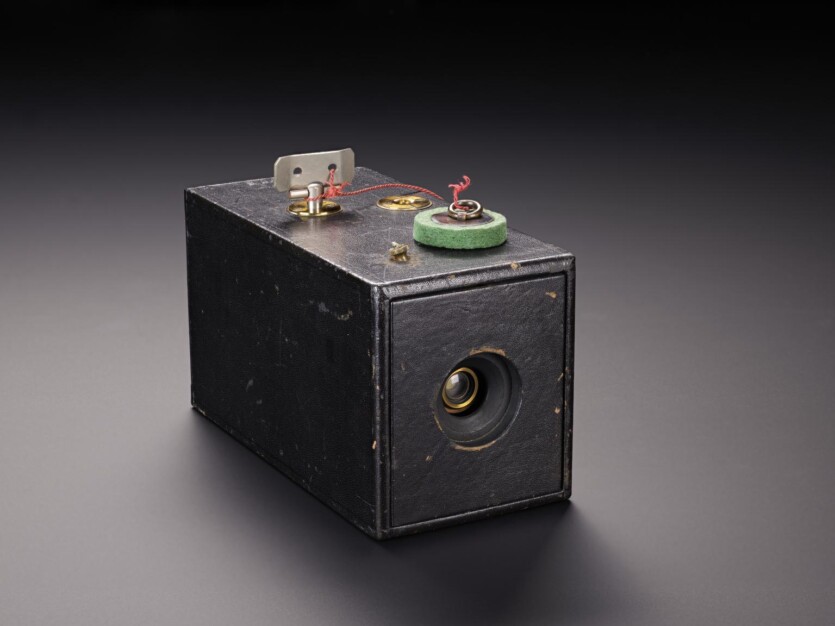
Kodak, which has been a symbol of photography for over 133 years, is on the verge of financial collapse. In its latest financial report, it explicitly stated that it does not have enough funds to repay its debt obligations. This casts “serious doubt about the company’s ability to continue as a going concern.”
Kodak’s financial performance and debt
In the second quarter of this year, Kodak received $265 million in revenue, down 1% from $267 million in the same period of 2024. At the same time, the financial result has deteriorated dramatically: instead of $26 million in profit a year ago, the company recorded $26 million in losses.
The most pressing issue is the debt of about $500 million, which must be repaid by May 2026. However, the company already has neither fixed financing nor free liquidity to meet its obligations in a timely manner if they become current. In a document for the US Securities and Exchange Commission, Kodak’s chief accountant and corporate controller Richard Michaels explicitly stated:
“Kodak has debt that matures within 12 months, but has neither approved financing nor sufficient liquidity to meet its obligations under the current terms.”
He added that these conditions “cast serious doubt on the company’s ability to continue operations.”
Despite the critical situation, Kodak says it will try to pay off a significant portion of its debt ahead of schedule, including by stopping contributions to the company’s pension fund. But the financial pressure is also compounded by trade barriers, such as the Donald Trump administration’s tariffs. Kodak warns that they will have a «significant impact» on the business, as a significant part of its products (cameras, film, printing ink) is manufactured in the United States. This means that it falls under the supply chain, where tariffs can increase costs.
From the peak of glory to the crisis
Kodak dates back to 1880, when bank clerk George Eastman of Rochester, New York, patented a dry plate application machine. In 1892, the company was officially named the Eastman Kodak Company.
In the 1970s, Kodak controlled about 90% of the photographic film market and 85% of camera sales in the United States. However, with the advent of digital technology, the company stopped selling traditional film cameras in most countries in 2004. In 2012 Kodak has declared bankruptcy under the Chapter 11 procedure with debts of $6.75 billion.
After emerging from bankruptcy in 2013, the company focused on commercial printing, packaging, and brand licensing. It tried to launch smartphoneseven created its own cryptocurrency KodakCoinand during the pandemic — produced pharmaceutical ingredients. However, the latter area ended in a scandal and investigations that forced the project to be shut down.
Kodak’s unexpected success came in the fashion segment. In South Korea, there are now more than 120 offline stores that sell only clothing with the brand’s symbols. But this area does not generate enough revenue to keep the company afloat.
Source: techspot

Spelling error report
The following text will be sent to our editors: